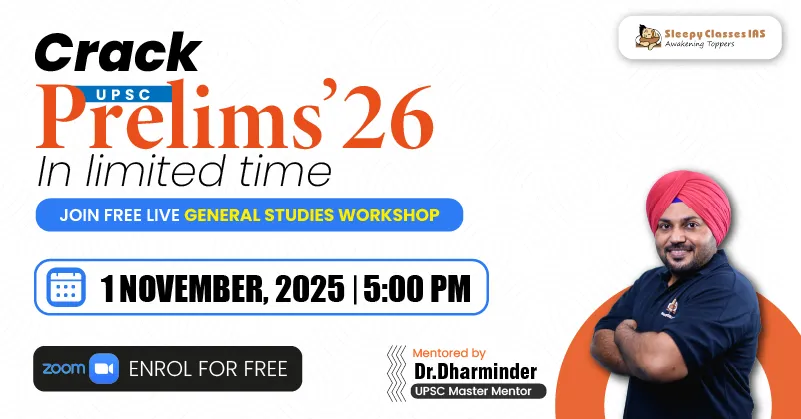Question
Q19. Consider the following statements:
The ‘Stability and Growth Pact’ of the European Union is a treaty that
- limits the levels of the budgetary deficit of the countries of the European Union
- makes the countries of the European Union to share their infrastructure facilities
- enables the countries of the European Union to share their technologies
How many of the above statements are correct?
- Only one
- Only two
- All three
- None
Answer: 1
Detailed Explanation
- The Stability and Growth Pact: Maintaining Fiscal Discipline in the EU
- The European Union (EU) established the Stability and Growth Pact (SGP) in 1997 to promote responsible financial management (fiscal discipline) among its member countries.
- This pact safeguards the stability of the Eurozone, the EU’s common currency system.
Why was the SGP created?
- The pact emerged from concerns about high government deficits and national debt within the Eurozone.
- These issues could destabilize the Euro and weaken the overall EU economy.
What are the SGP’s goals?
- Encourage sound fiscal policies by member states
- Prevent excessive government deficits and public debt
How does the SGP achieve its goals?
- The SGP outlines specific fiscal rules for member states to follow.
- These rules are enforced through two mechanisms:
- Preventive Arm: This arm focuses on preventing problems before they arise. It sets a limit on budget deficits (below 3% of GDP) and aims for balanced budgets in the medium term.
-
- Member states submit plans outlining their fiscal strategies for review by the European Commission.
-
- Corrective Arm: This arm comes into play if a country breaches the fiscal rules. If a deficit exceeds 3% or debt surpasses 60% of GDP, the European Commission can take corrective actions, including issuing warnings, recommending adjustments, and potentially imposing fines or freezing EU funds.
- Now, concerns for:
-
- Defence spending
- Ending austerity as population and infra is ageing
-





